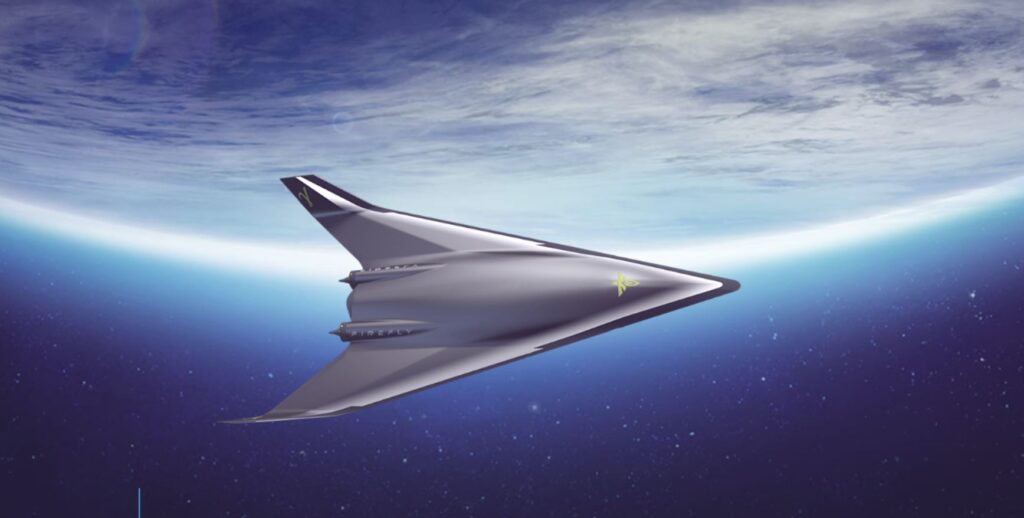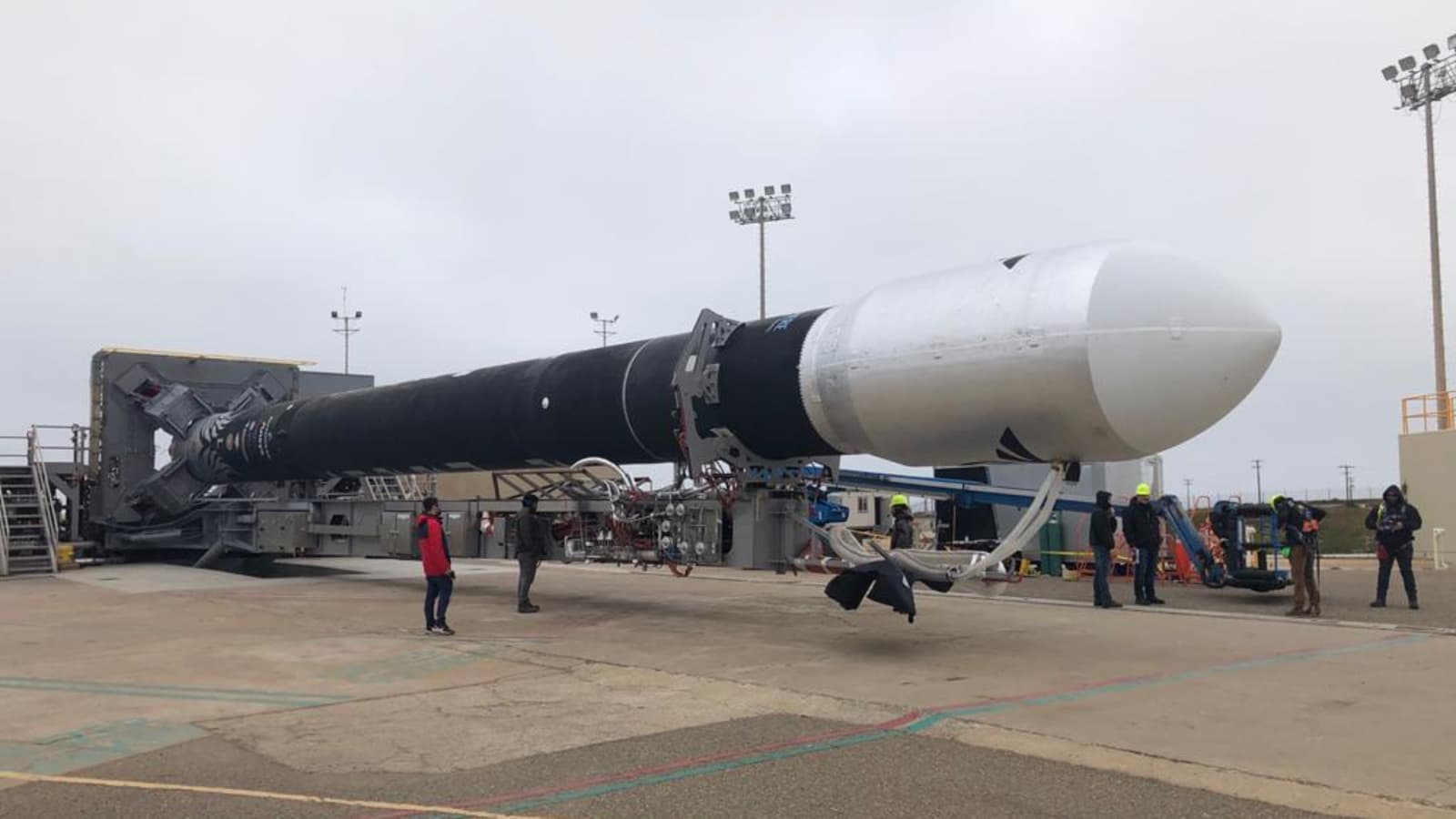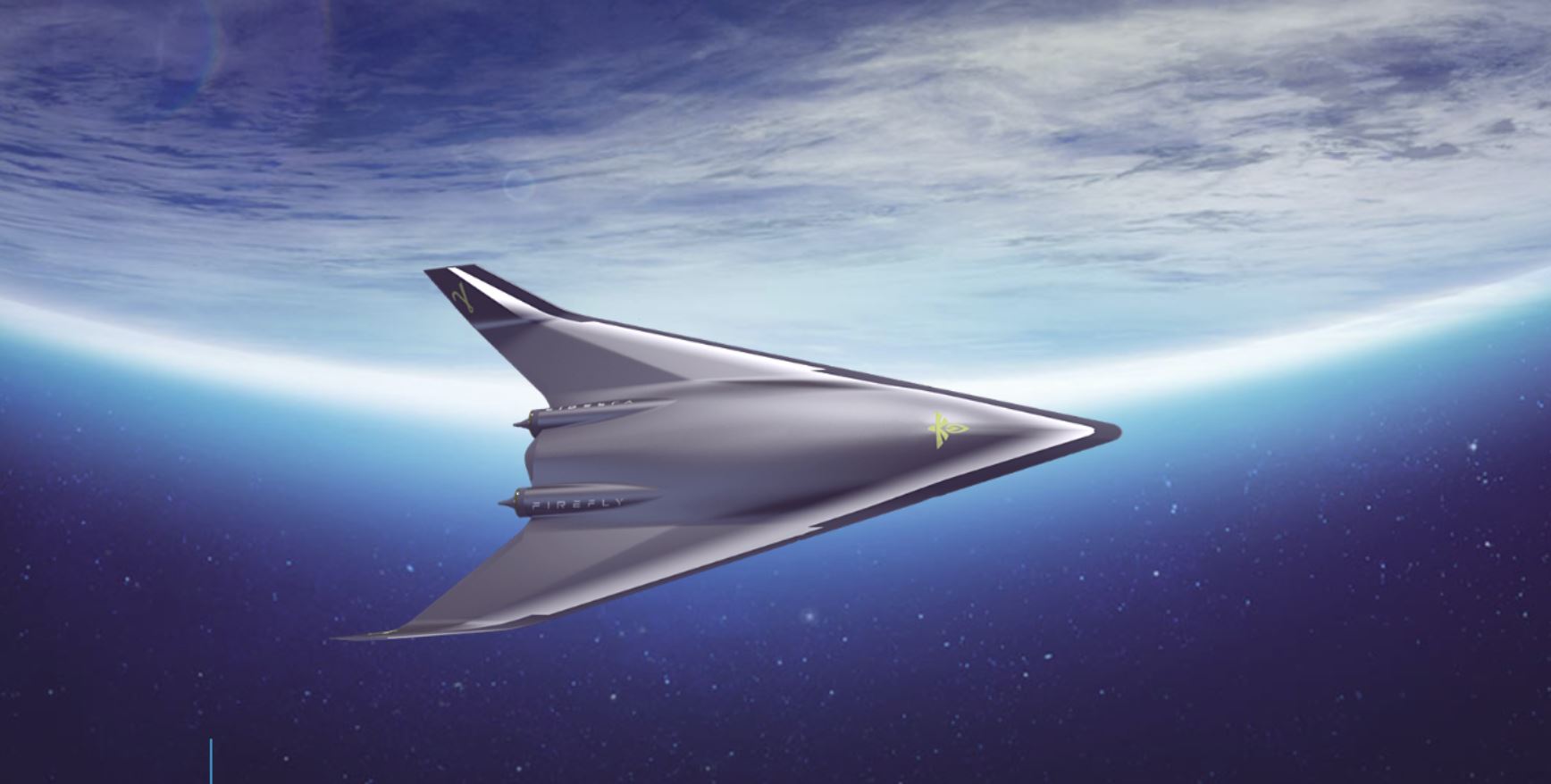
A Closer Look At Firefly Aerospace’s Gamma Rocket Plane
As time goes on and more companies in the space industry develop new technology, we are seeing more ambitious, unique, and innovative ideas. While riskier than your traditional rocket, if successful, they can provide practically limitless benefits. Firefly Aerospace has been working hard on rockets and components including Alpha and the Space Utility Vehicle to name a few.
In addition, Firefly Aerospace is developing a rocket plane named Gamma. Current concepts of the launch vehicle show a very unique way of launching humans and cargo. Additionally, Gamma is meant to change how we access space with a unique design, reusability, and high-quality build. All of which combine into a single launch vehicle that looks nothing like what we have seen before.
Firefly Aerospace is prepping for the future of space flight. Currently, the company has a full plate with Alpha, Beta, SUV, and much more. While Gamma is still very early in development, Firefly has provided information about its build and what its purpose is. Here I will go more in-depth into everything we know about this next-generation launch vehicle.
What Is Firefly Aerospace Working On?

Currently, Firefly Aerospace is hard at work on their Alpha launch vehicle along with other projects such as the SUV and more. The company was founded very recently in 2017. Firefly has a clear goal of providing not only economical but convenient access to space through the design, manufacture, and operation of reliable launch vehicles. Specifically, they are working to access the market’s need for flexible access to space with a simplest and soonest approach to technology. This thought process and goal is going into each of their launch vehicles and components including Gamma. Firefly mentions that the company’s “launch vehicles embody the insights of a diverse design team and leverage commercial off the shelf or COTS components, manufactured by suppliers across the United States, to reduce risk, maximize reliability and minimize development time.”
While Firefly is still very new to the industry, they are making impressive progress with these goals and values in play. The CEO Tom Markusic has a lot of history within space companies including prior positions at Virgin Galactic, Blue Origin, and SpaceX. He along with the team of space industry veterans are working to deliver a US solution for the 1,000 to 10,000kg payload class to LEO for as low as $15 million. This all works towards trying to restore the U.S. leadership in the small and medium launch market and establish international connections across the globe.
Gamma Features
Design – The first aspect of Gamma that makes it stand out is the unique design. Rocket planes in general are different from what we commonly see however Gamma has some additional design features that are very ambitious. Specifically, I want to look past the exterior of the launch vehicle at first and look at the core build. At the very top or front, you have the first stage fuel tank. This is one of the largest fuel tanks on the launch vehicle and is positioned right above the payload fairing. These fairings sit in the very center of the launch vehicle atop a standard 62.01 inch payload adapter. Right below the fairings is the start of the second stage. This is the smallest tank on the rocket plane and helps propel a single cross-fed second-stage engine.
On either side of the entire structure I just mentioned are two first-stage LOX tanks. These stretch about two-thirds the length of the entire launch vehicle and are very big in comparison. Perhaps the most unique aspect is the engine these two tanks are fueling. On the end of both LOX tanks are the primary first-stage aerospike engines. Aerospike engines are by no means new technology but have always had certain complications leading companies and agencies to use a bell nozzle instead. Firefly Aerospace will need to make some significant innovations and upgrades to current aerospike engine designs if they want them to provide the main thrust for Gamma.
Reusability – The next important feature of Gamma is its option to be reused after a flight. Firefly Aerospace points out that Gamma is highly reusable saying 75% (by cost) of flight hardware can be recovered and reused in later flights. This would not only save the company a lot of money but would speed up launches as well. The process of refurbishing or creating a rapidly reusable launch vehicle is significantly faster than creating a brand new rocket each launch. The plan is to reuse the majority of Gamma through a recovery and landing process. Specifically, Firefly Aerospace mentions that Gamma could even be used for hypersonic human transport around the globe. This suggests the rocket plane would pick up humans, launch, and in a short period of time land somewhere else in the world. Additionally, the entire launch vehicle features a leading-edge thermal protection system on both the first and second stage working to ensure it can safely reenter the atmosphere and be reused again. Lastly, Firefly points out that Gamma can land on a runway and use any airport.
Build & Plan – The last aspect of Gamma that I want to go over is the general build and plan based on what Firefly Aerospace has provided. The company envisions Gamma as the future of reusable launch vehicles. Gamma is a rocket plane that infuses modern aerospace technologies in a reusable vehicle. It also will utilize Alpha and Beta-derived technologies to reduce risk, cost, and schedule. Gamma will feature an air and ground launch configuration. This will allow the rocket plane to land and take off in many different circumstances wherever it is. Firefly Aerospace even points out the main differences from other company’s technology such as Blue Origin and SpaceX. This includes a dedicated small-sat launch solution, horizontal landing on a runway, and safer and significantly more efficient than propulsive vertical landing.
Future Impact

The Gamma launch vehicle is an extremely interesting and ambitious idea from Firefly Aerospace. Before a single successful flight of Gamma, magnitudes of work need to be done. This includes single aspects of the rocket plane such as the aerospike engines. Each part of Gamma represents a new challenge that needs to be solved prior to any success with the launch vehicle. In reality, Gamma will likely go through a lot of design changes before a flight if Firefly Aerospace pursues the idea. At the time being it seems the company has its plate full with multiple launch vehicles, space utility vehicles, and more. If Gamma was successful and was capable of everything Firefly Aerospace mentioned, it would have an incredible impact on the space industry and more. It would offer rapid reusability in an extremely cost-effective and efficient design.
Conclusion
While extremely ambitious ideas are often risky, difficult, and complicated, they can be worth it. They can change how we access, build, manufacture, develop, and much more in a single launch vehicle. As time goes on we are starting to see more and more companies try something new in the space industry. Firefly Aerospace is no exception with the Gamma rocket plane. This launch vehicle is unique for many reasons including its design, reusability, and build. All of which combine into a single rocket plane that could change how we access space. It’s hard to predict what will happen with this launch vehicle however we can hope for the best. We will have to wait and see what Firefly Aerospace comes up with and the impact it has on the space industry and more.
